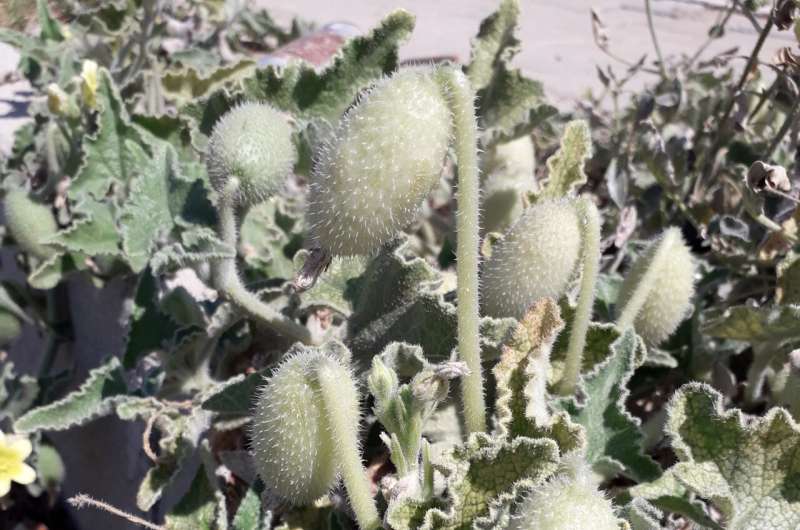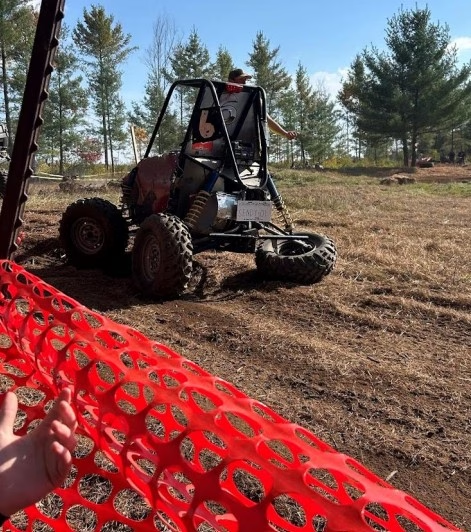Unveiling the Explosive Secrets of the Squirting Cucumber’s Seed Dispersal

New research into the biomechanics of explosive seed dispersal in squirting cucumbers (Ecballium elaterium) has uncovered the intricate mechanisms that allow these plants to launch their seeds at remarkable speeds. This study, presented at the Society for Experimental Biology Annual Conference in Antwerp, Belgium, on July 8, 2025, highlights the plant’s unique adaptations for seed dispersal.
Seed dispersal is a critical evolutionary strategy for plants, ensuring that offspring do not compete directly with parent plants for resources. While much is known about dispersal methods involving animals, wind, and water, the self-propelled mechanisms of plants like the squirting cucumber remain less understood. The cucumber’s ballistic dispersal involves high-pressure explosions that propel seeds across significant distances.
Mechanics of Explosive Dispersal
Helen Gorges, a Ph.D. student at the Department of Functional Morphology and Biomechanics at Kiel University in Germany, led the research team that delved into the squirting cucumber’s dispersal strategy. The team employed advanced techniques, including microcomputed tomography and high-speed videography, to study the fruit’s explosive behavior in detail.
“Many factors have to interact perfectly to disperse the seeds in the most efficient way, while not destroying the whole plant too early,” Gorges explained. The research aimed to understand how the cucumber’s fruit controls its ripening process to maximize seed dispersal success.
“We recorded the explosion of the fruit with high-speed videos at 1,000 fps and 10,000 fps to calculate the speed of the seeds and the possible shooting distances,” Gorges noted.
Key Findings and Implications
The study revealed that the seeds can reach speeds of up to 29 miles per hour and travel distances of up to 12 meters. The team also discovered that the fruit stem straightens during ripening, forming an average angle of 53°, which is close to the optimal angle of 50° for maximizing shooting distance.
Additionally, the seeds exit the fruit facing the same direction and develop a mucilaginous coat when wet, which dries to form an adhesive, enhancing germination conditions. These findings suggest potential applications in designing bio-inspired launching systems, such as hydrogel-based actuators for medical tools and micro-robots.
“There are also many applications in soft robotics, drug delivery systems, and similar devices, where energy-efficient launching systems are desired,” Gorges added.
Broader Context and Future Prospects
The discovery of the squirting cucumber’s dispersal mechanics not only advances our understanding of plant biology but also opens avenues for innovation in various technological fields. The ability to mimic such natural mechanisms could lead to the development of more efficient and sustainable technologies.
This research underscores the importance of studying plant biomechanics, which has historically been overshadowed by more conventional dispersal methods. It highlights the potential for nature-inspired solutions to modern engineering challenges.
As researchers continue to explore the fascinating world of plant mechanics, the squirting cucumber serves as a reminder of the complex and ingenious strategies evolved by nature. The findings from this study could inspire future innovations in fields ranging from agriculture to robotics, emphasizing the value of interdisciplinary research.






